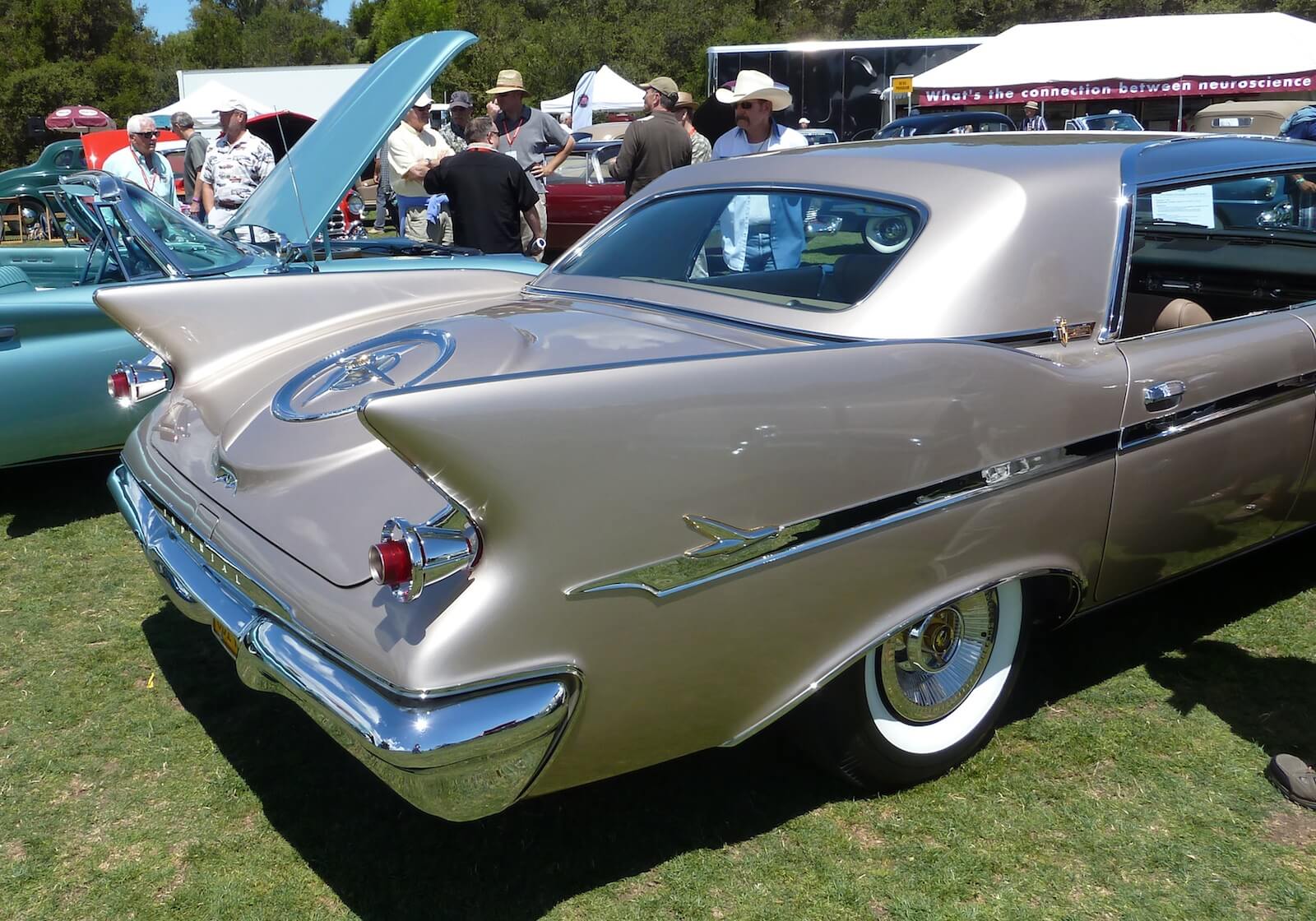From Guest Blogger Lizzie Weakly: When Are Used Cars More Eco-Friendly Than New Cars?

New Materials
The average vehicle has about 30,000 parts when counted down to the smallest screws. In new vehicles, many of these new parts are sourced from raw materials, meaning they are mined from the earth for the specific purpose of being used in your vehicle. This materials acquisition requires a lot of energy, thereby increasing the carbon footprint of your vehicle. A used car, on the other hand, requires no new parts, as the parts are all included from when it was built previously.
Built to Last
A common reason people have for purchasing a new vehicle is that they “don’t want to buy someone else’s problems.” While there are certainly plenty of used vehicles that have been abused by their previous owner, there are also plenty of used vehicles that have been lovingly cared for. Depending on the specific vehicle, a used vehicle may end up outlasting a new vehicle, meaning it won’t need to be replaced as soon, thus requiring raw materials less often. A well-built vehicle is also more likely to maintain its fuel economy as it ages, as opposed to a lesser vehicle that can become much more inefficient, over time.
Parts-a-Plenty
While all vehicles will eventually need to have certain parts replaced, the longevity and ease-of-replacement of those parts can vary widely. When considering auto parts for sale, it’s important to consider the often-interconnected mechanical and electrical systems of modern vehicles. The failure of one part may necessitate the replacement of adjoining parts, thus resulting in the waste of perfectly good parts, and ending up in a large waste of resources. By selecting a vehicle whose parts are easy to replace, you can keep your repair costs down and make a smaller impact on the environment.
Technology
While the host of technological devices present in modern vehicles can certainly provide safety and comfort enhancements, they also create the problem of disposal when the vehicle reaches the end of its life. Electronics recycling is still a fledgling and largely unregulated industry, meaning many of the toxic compounds present in electronics will end up in the environment. By selecting an older vehicle that doesn’t have as many electronics, you can save some money and help prevent as many electronics from ending up in landfills.
Good Driving
Of course, any vehicle, no matter its age, is more efficient when it is driven well. Slow acceleration and gradual braking help to reduce fuel burn and wear-and-tear on the vehicle. Driving at posted speed limits when possible also helps to conserve fuel, no matter how old your vehicle is. So, no matter which vehicles you are considering, what’s most important when it comes to being eco-friendly is what you do after you make the purchase.
